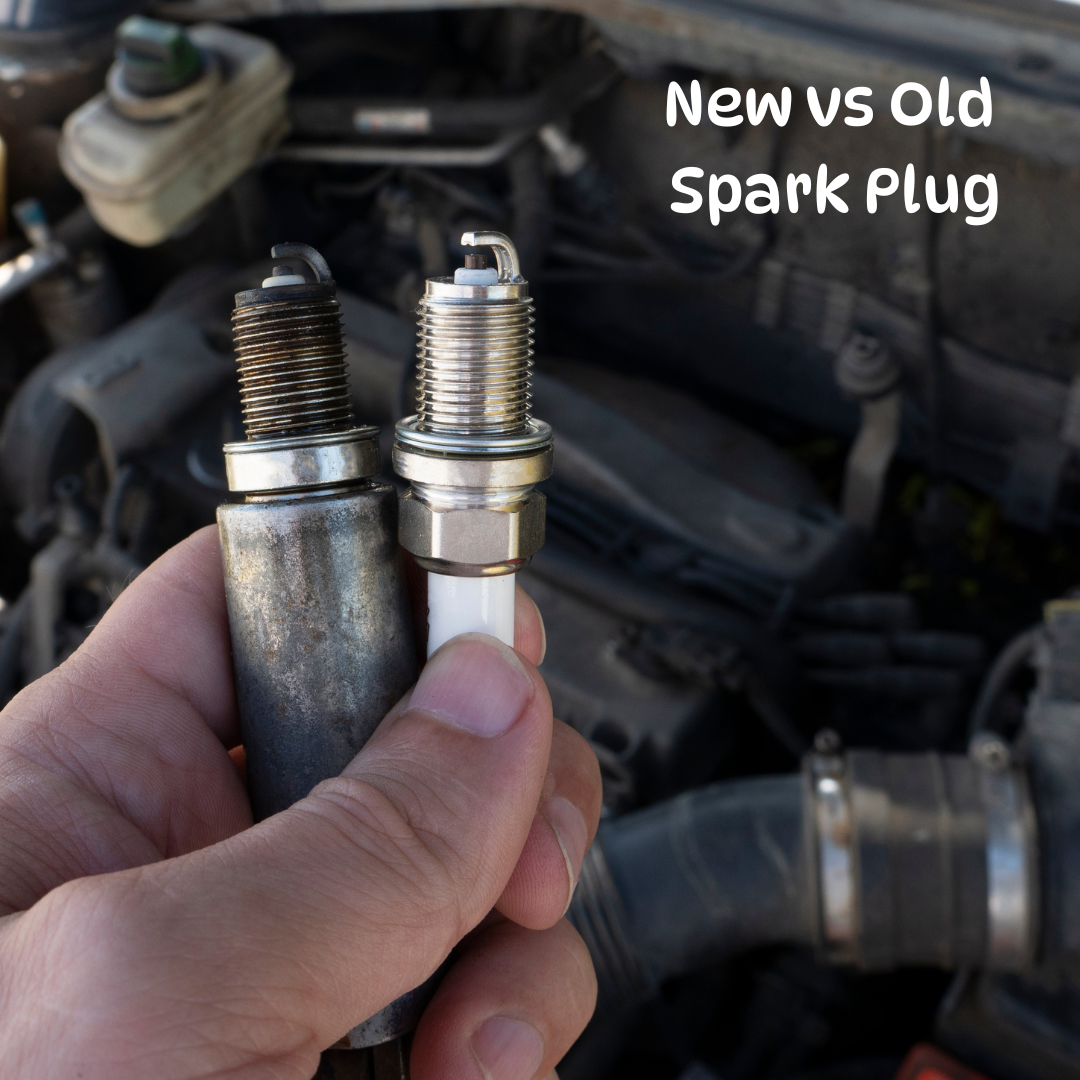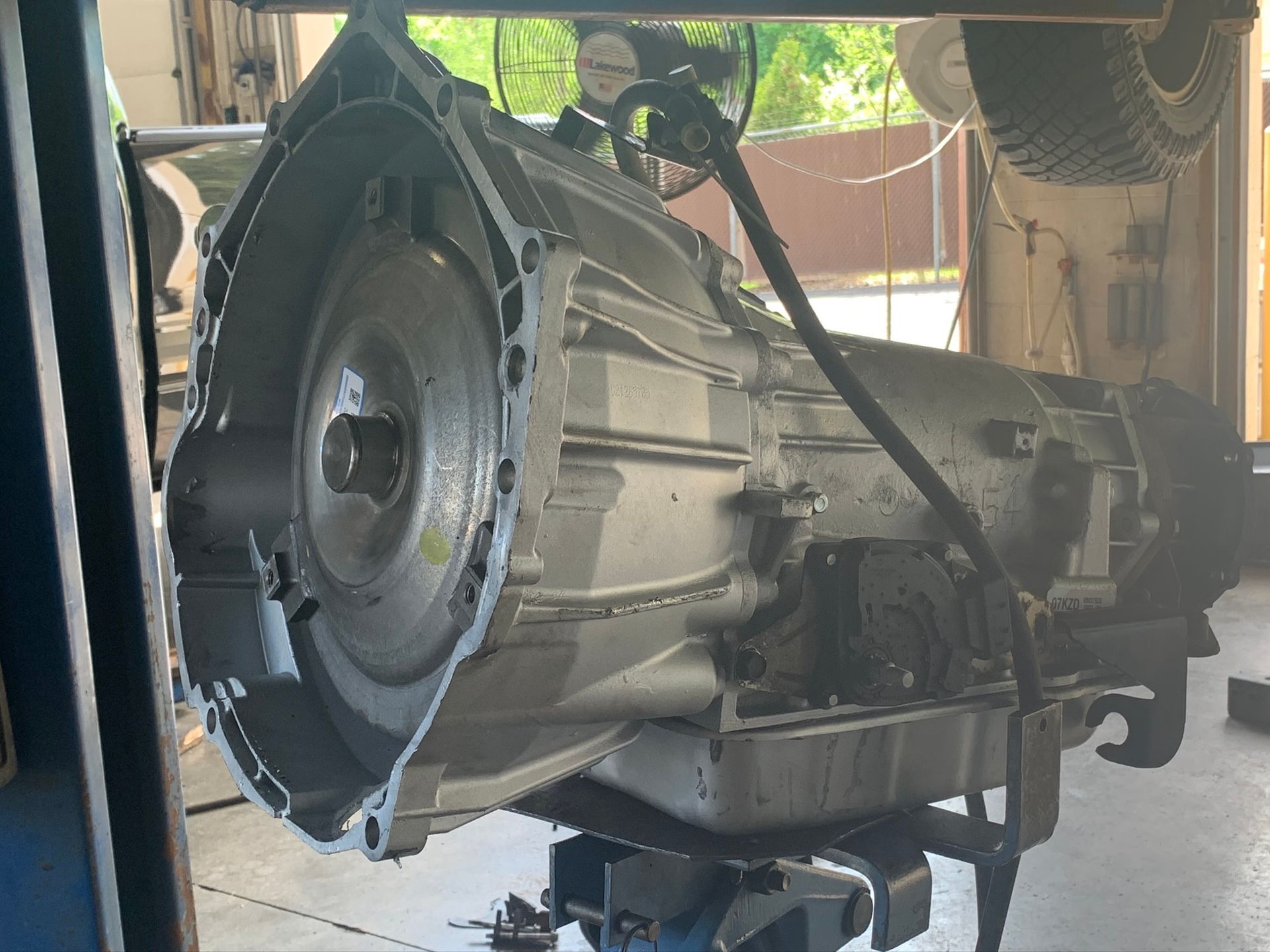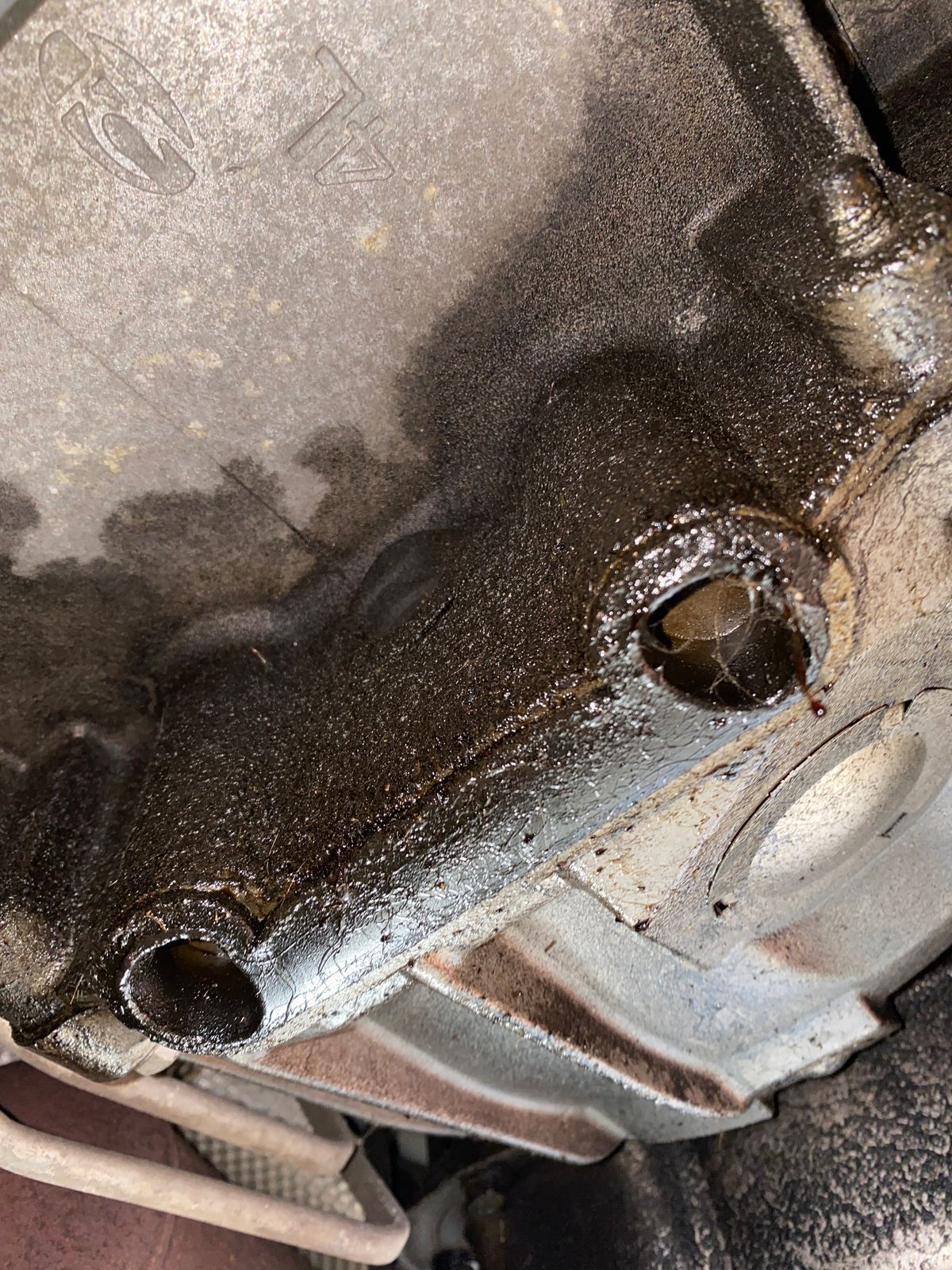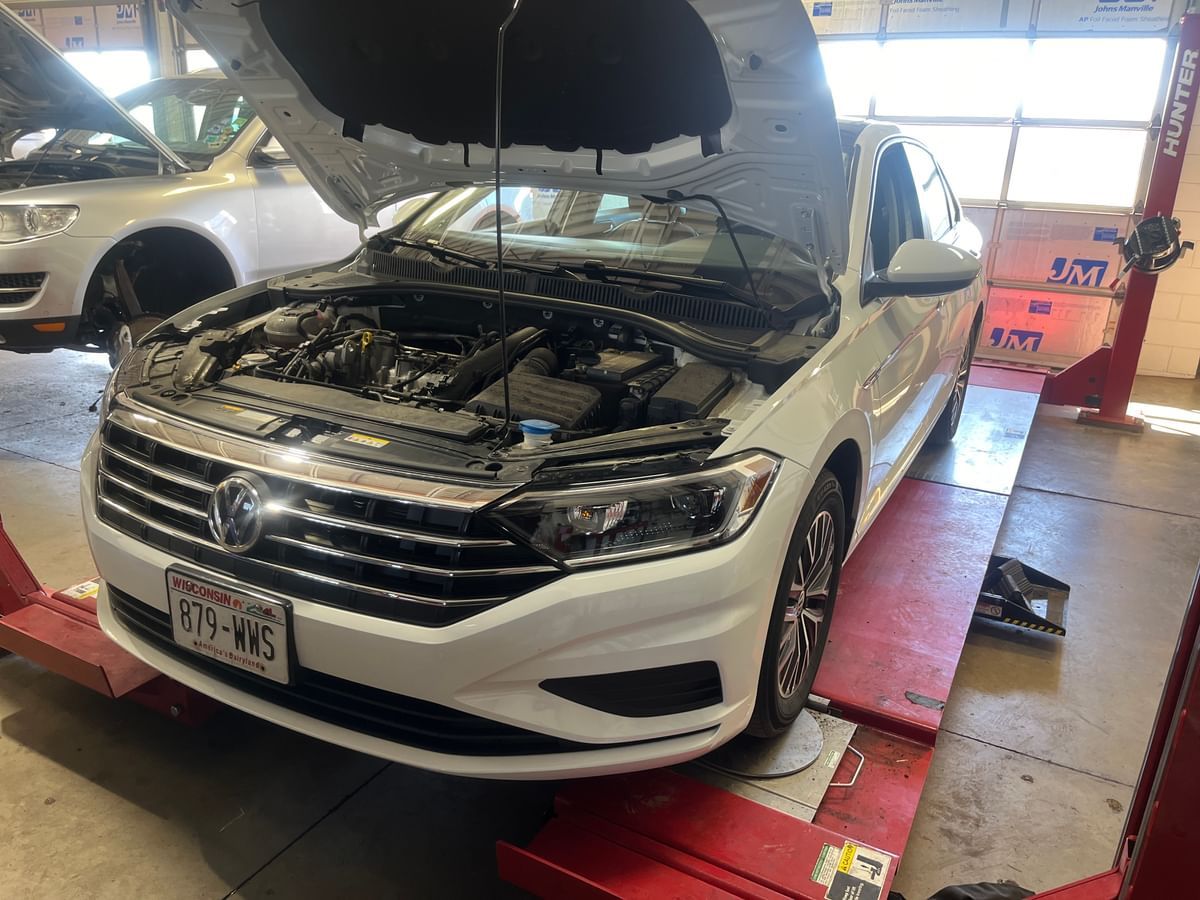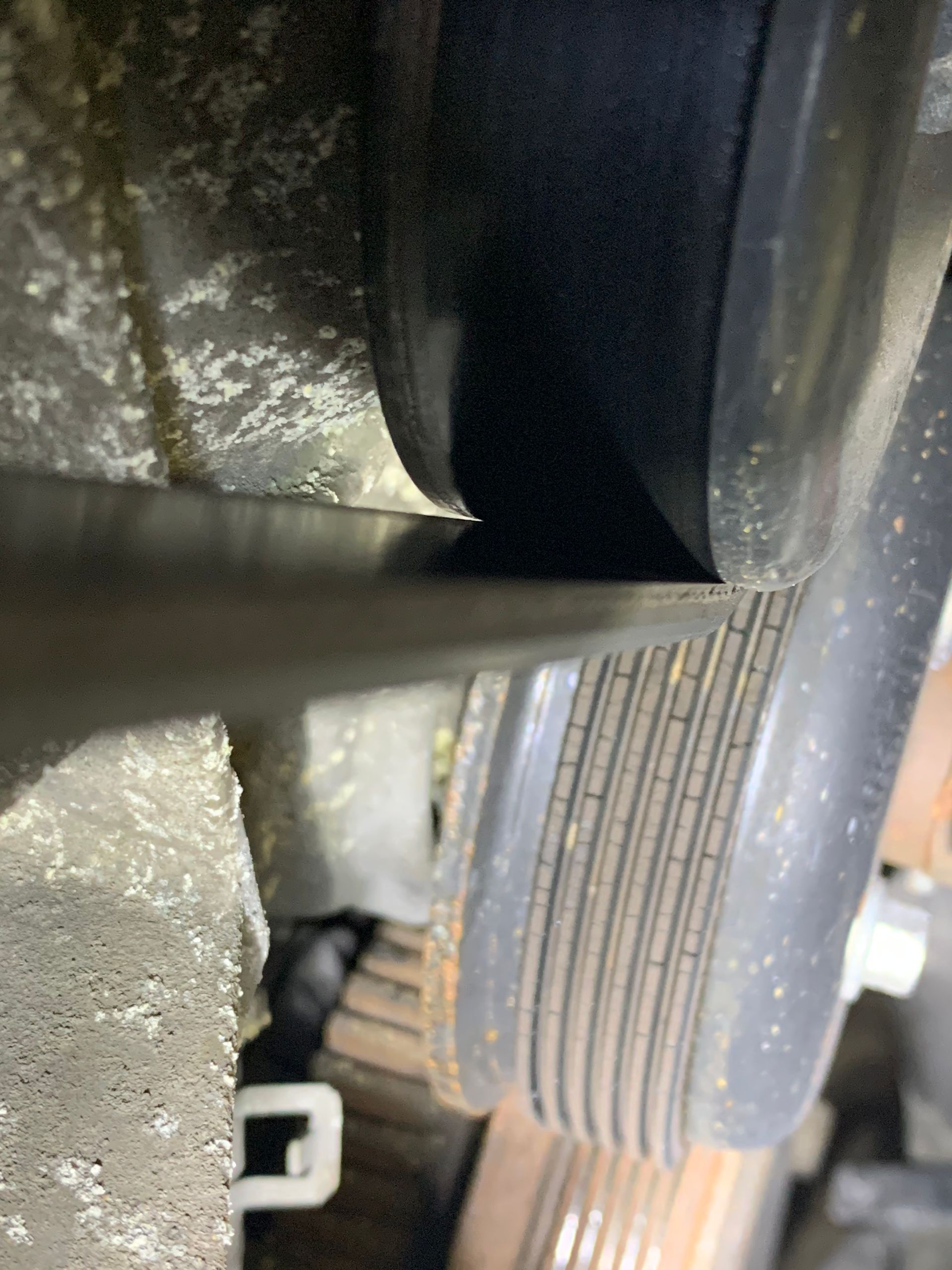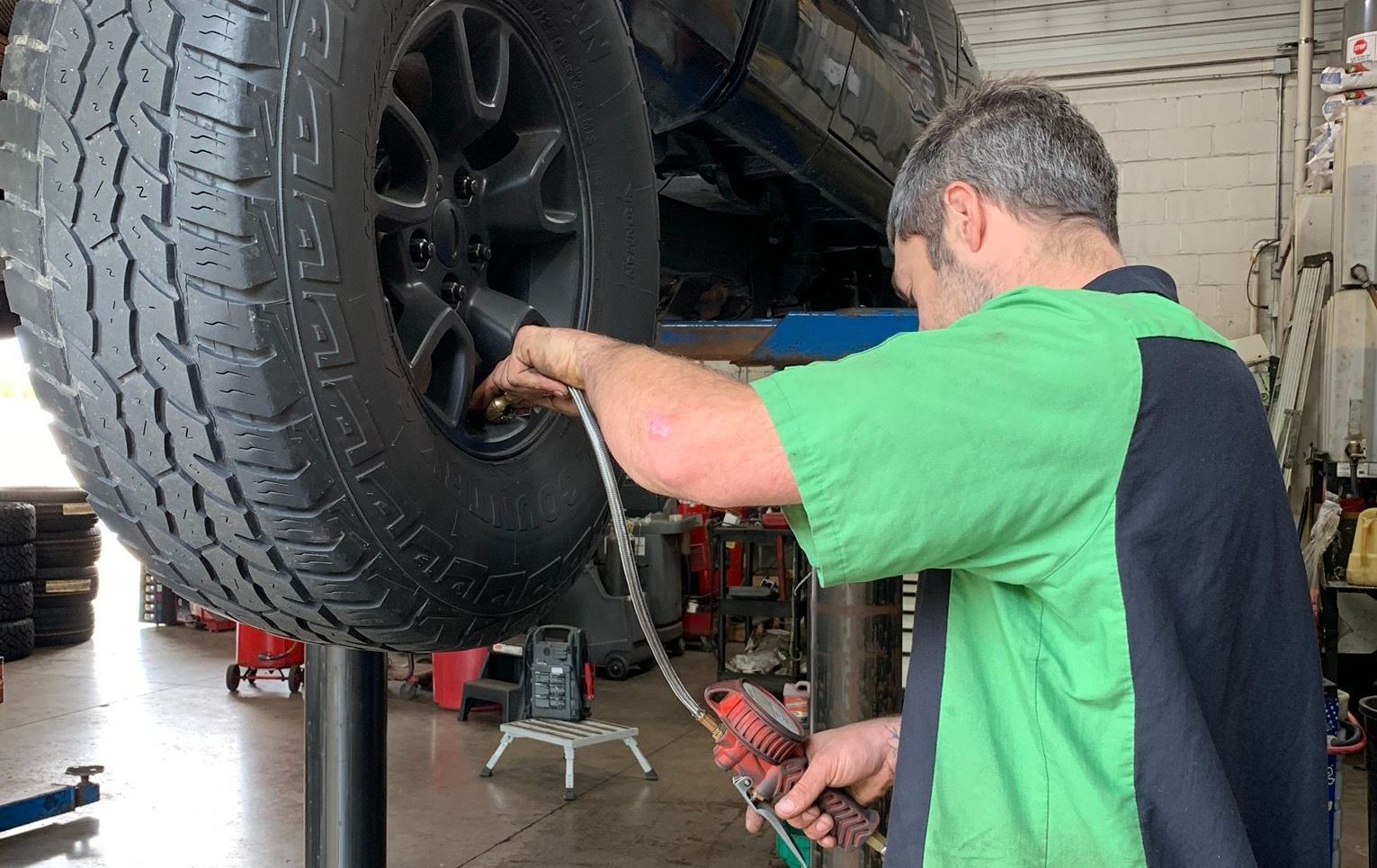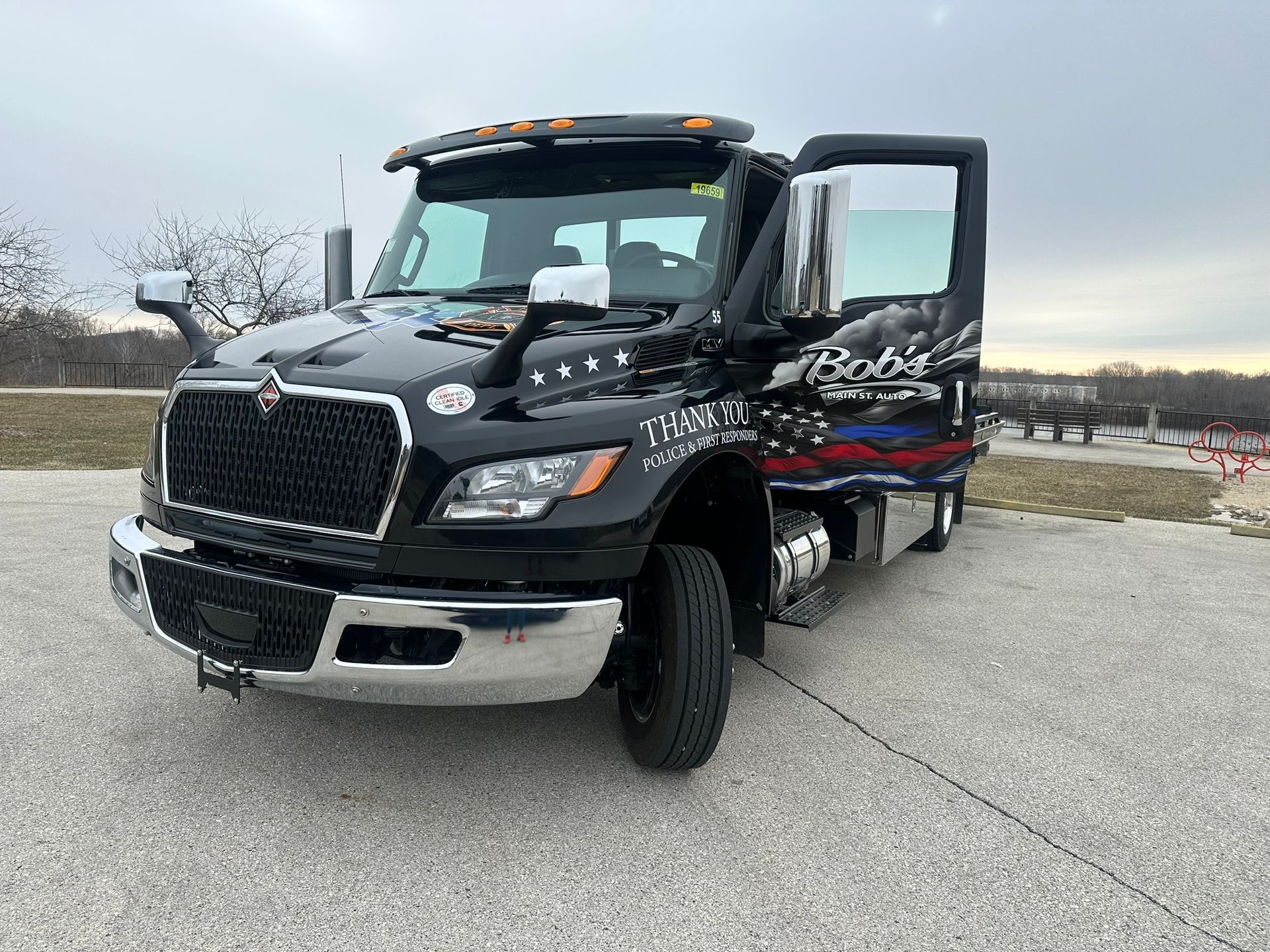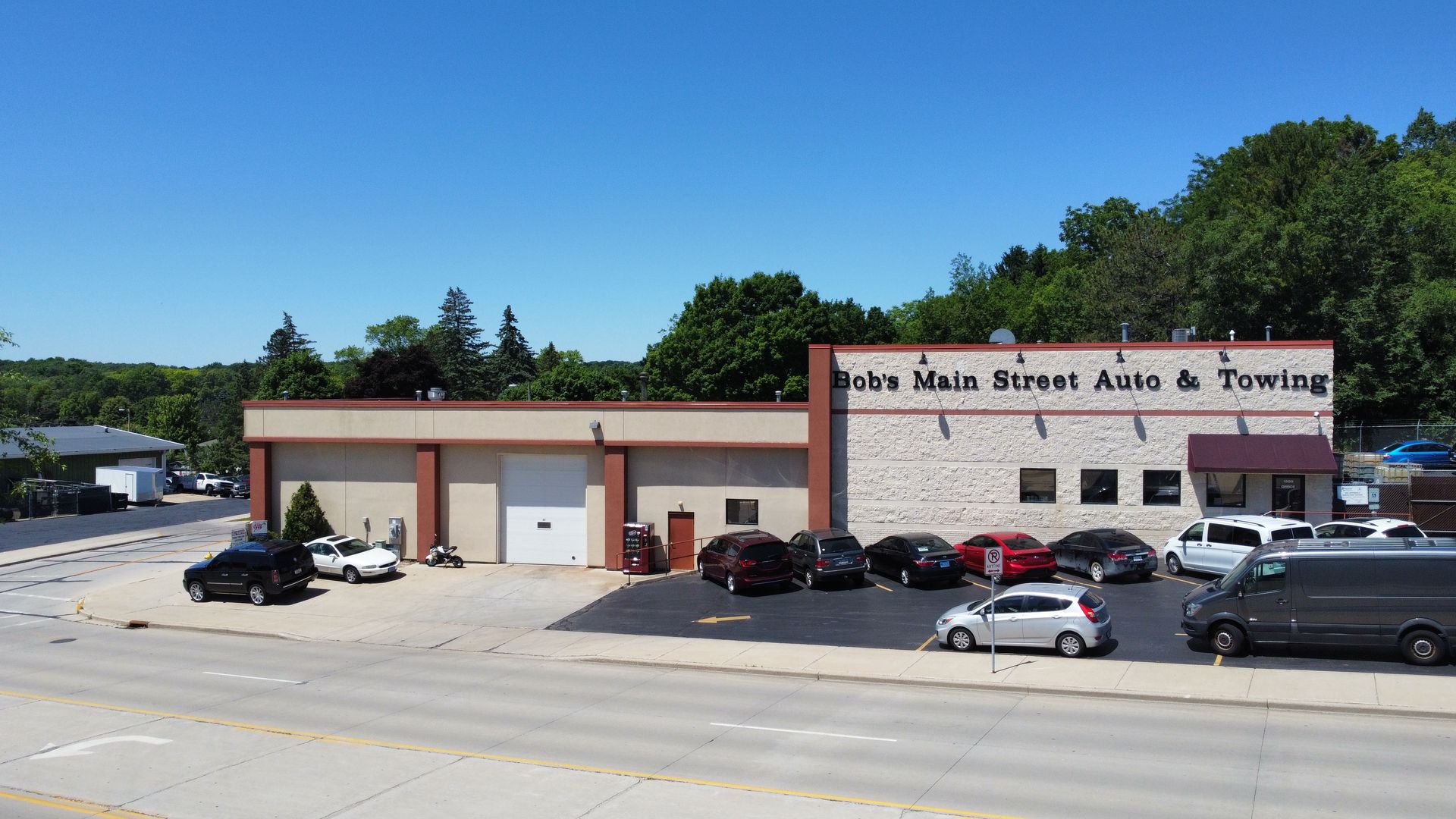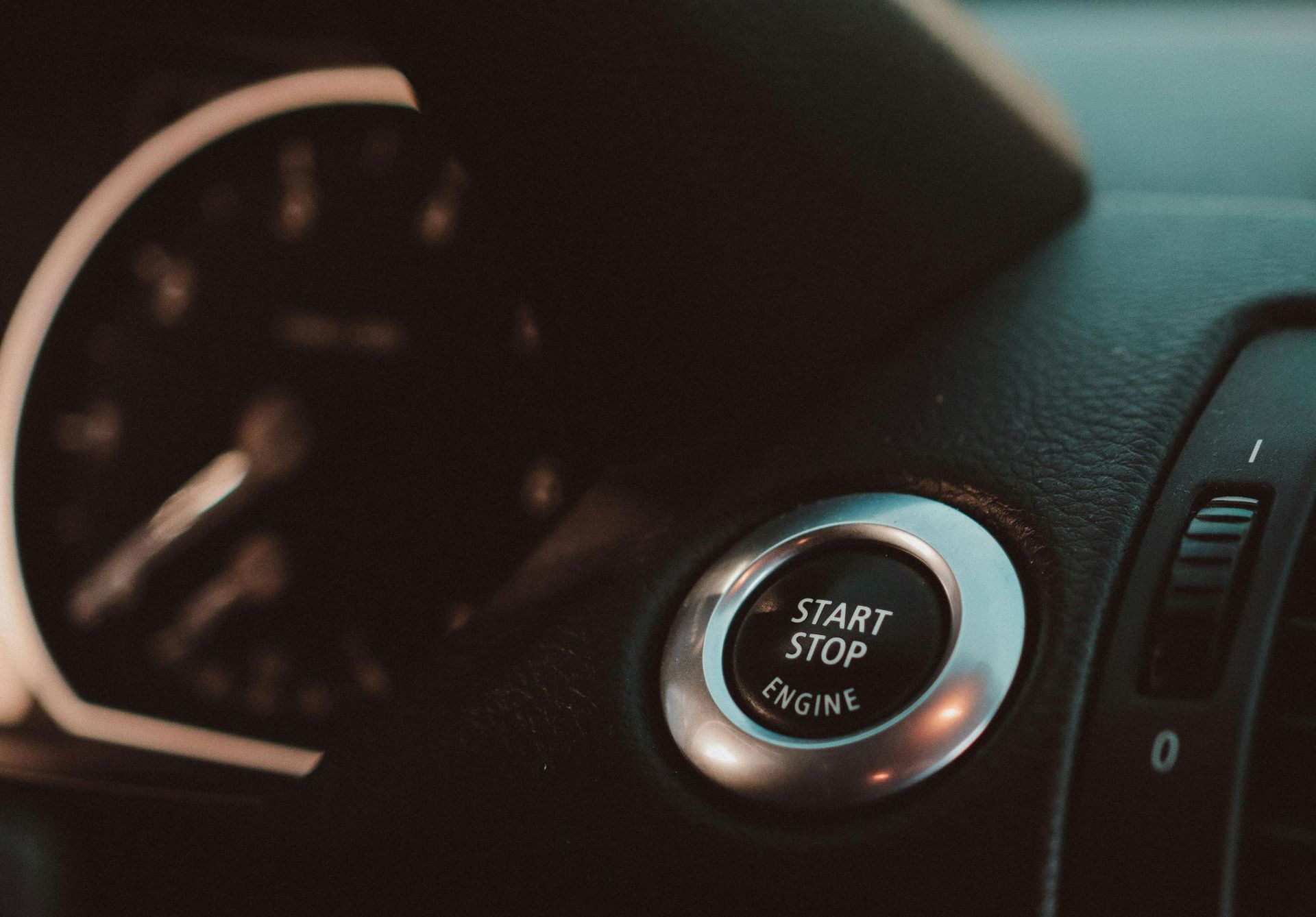Winter Driving Tips for Wisconsin
Stay Safe on the Road in Washington County and Surrounding Areas
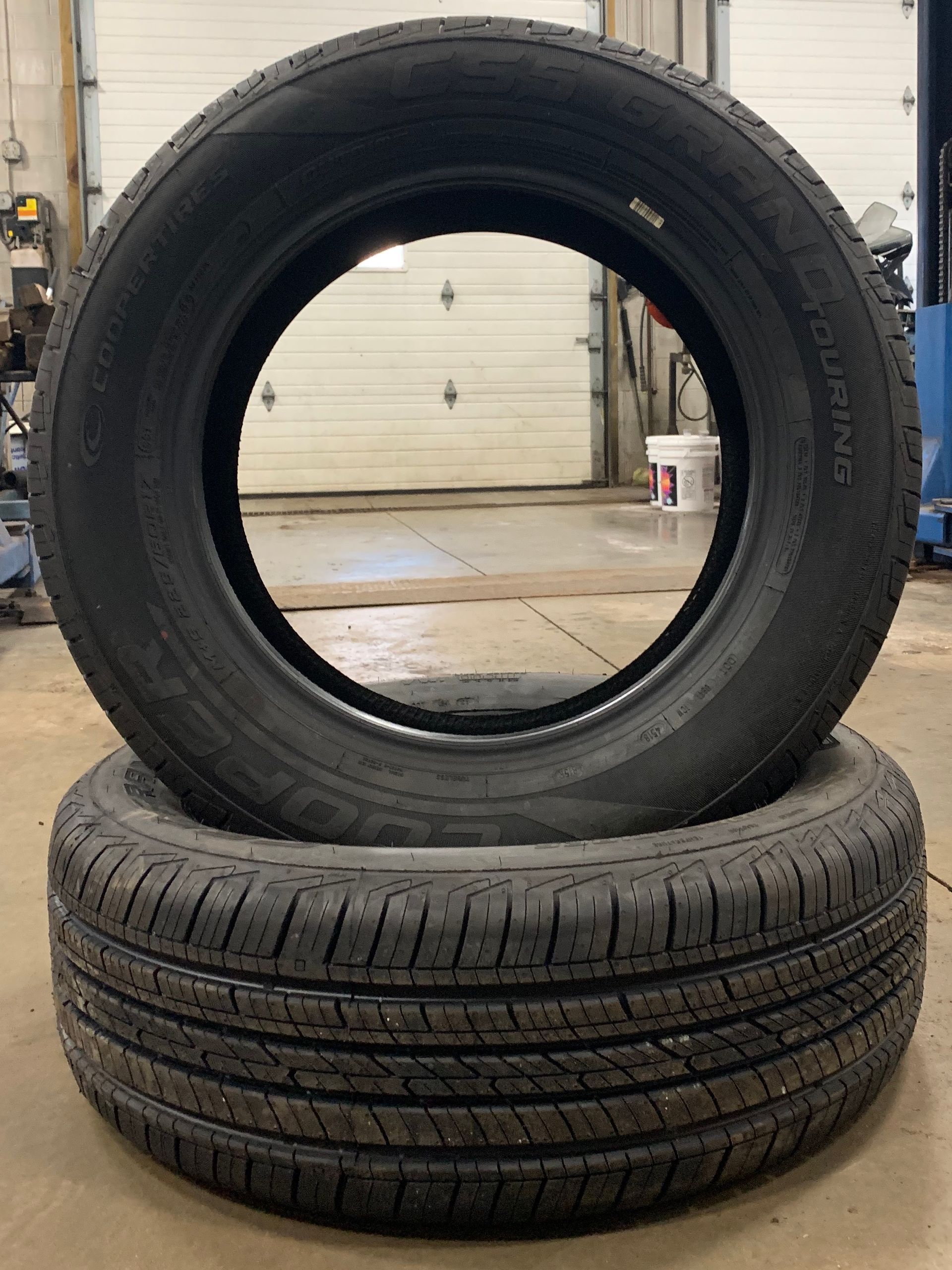
Winter in Wisconsin can be harsh, with freezing temperatures, snow, and icy roads creating hazardous driving conditions. At Bob’s Main Street Auto & Towing, we care about your safety, so we’ve put together a guide of essential winter driving tips to help you stay safe on the roads this season.
1. Prepare Your Vehicle
Before winter hits full force, it’s important to prepare your vehicle for the cold and snow. This includes:
- Check Your Tires: Winter tires are a must in Wisconsin! They provide better traction on snow and ice. If you’re sticking with all-season tires, ensure they have adequate tread depth to grip the road properly.
- Check Fluids: Top off your windshield washer fluid with one that is rated for freezing temperatures. Also, check your antifreeze levels to prevent your engine from freezing.
- Inspect Your Battery: Cold weather can put extra strain on your vehicle’s battery. Make sure it’s in good condition to avoid being stranded.
- Brakes and Wipers: Ensure your brakes are functioning well, and replace your wiper blades if they are worn out. Good visibility and the ability to stop quickly are critical in winter conditions.
2. Slow Down and Increase Following Distance
Speed limits are set for ideal driving conditions. In winter, when roads are icy or snow-covered, slow down. Even if your vehicle has all-wheel drive, it takes longer to stop on slippery roads. Maintain at least a 4-6 second following distance between you and the vehicle ahead to give yourself enough time to stop if needed.
3. Brake and Accelerate Gently
Avoid sudden movements when driving in winter conditions. Accelerate and brake slowly to maintain traction. If your wheels start to skid, remain calm, ease off the gas, and steer in the direction you want to go.
4. Stay Alert for Black Ice
Black ice is a thin layer of ice that forms on the road and is difficult to spot. It often appears in shaded areas, on bridges, and at intersections. Drive slowly and carefully, especially in these areas, and avoid sudden braking or sharp turns.
5. Use Your Headlights
Visibility is often reduced in winter weather due to snow and early sunsets. Use your headlights during the day and night to make sure other drivers can see you. Be mindful of switching to low beams in foggy or snowy conditions, as high beams can reflect light and reduce visibility.
6. Keep an Emergency Kit
Winter conditions can be unpredictable, and being prepared for emergencies is key. Pack an emergency kit in your vehicle, including:
- Blankets
- Flashlight with extra batteries
- Ice scraper and snow brush
- Jumper cables
- Sand or kitty litter for traction
- Non-perishable food and water
- First aid kit
7. Plan for Extra Time
Rushing in winter weather can lead to accidents. Allow extra time to get to your destination, especially when the forecast calls for snow or ice. Planning ahead can prevent reckless driving and help keep you safe.
8. Know When to Stay Off the Road
Sometimes, the safest choice is to avoid driving altogether. If the weather forecast predicts severe winter storms, consider postponing your trip or using alternative transportation. No appointment or errand is worth risking your life.
9. Keep Your Fuel Tank Full
In freezing temperatures, a near-empty gas tank can lead to fuel line freeze-up. Keep your tank at least half full to prevent this. Additionally, in case you get stuck or stranded, having extra fuel allows you to run the engine for warmth while waiting for help.
10. Know What to Do If You Get Stuck
If your car gets stuck in snow:
- Stay with your vehicle unless help is visible within 100 yards. Your car provides shelter and is easier for rescuers to spot.
- Run the engine sparingly to avoid carbon monoxide poisoning. Keep the exhaust pipe clear of snow to prevent the buildup of toxic gases inside the car.
- Use your hazard lights and call for assistance- we offer 24-hour roadside assistance serving Washington, Ozaukee, Fond Du Lac, & Dodge county.
Winter driving can be challenging, but by taking these precautions and staying prepared, you can navigate Wisconsin’s icy roads safely. At Bob’s Main Street Auto & Towing, we’re always here to assist with vehicle maintenance, tire changes, or emergency towing when you need us most. Stay safe and enjoy the beauty of Wisconsin’s winter wonderland!
Follow us on our social media to stay up to date on what Bob's Main Street Auto & Towing is up to!

